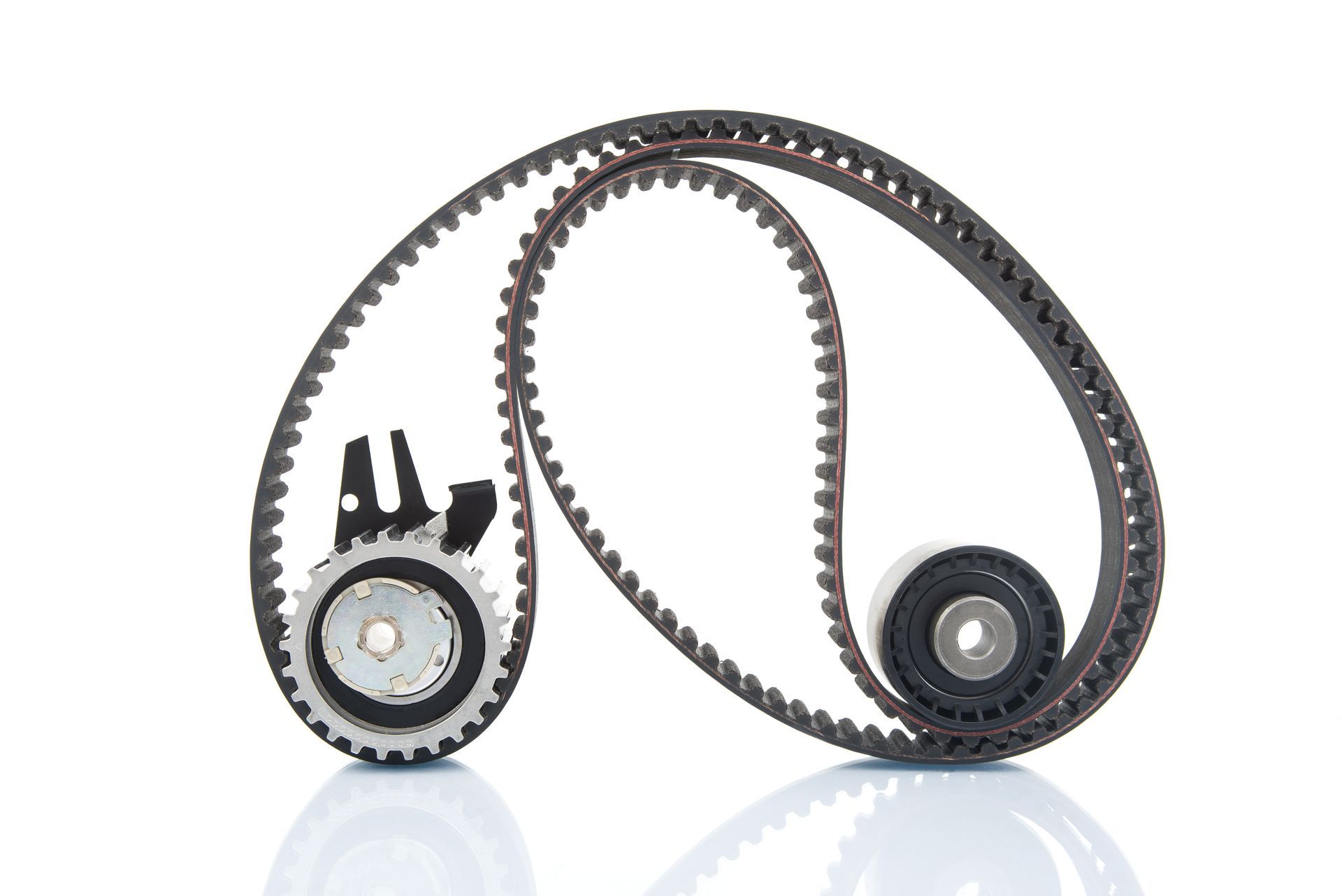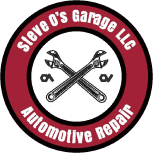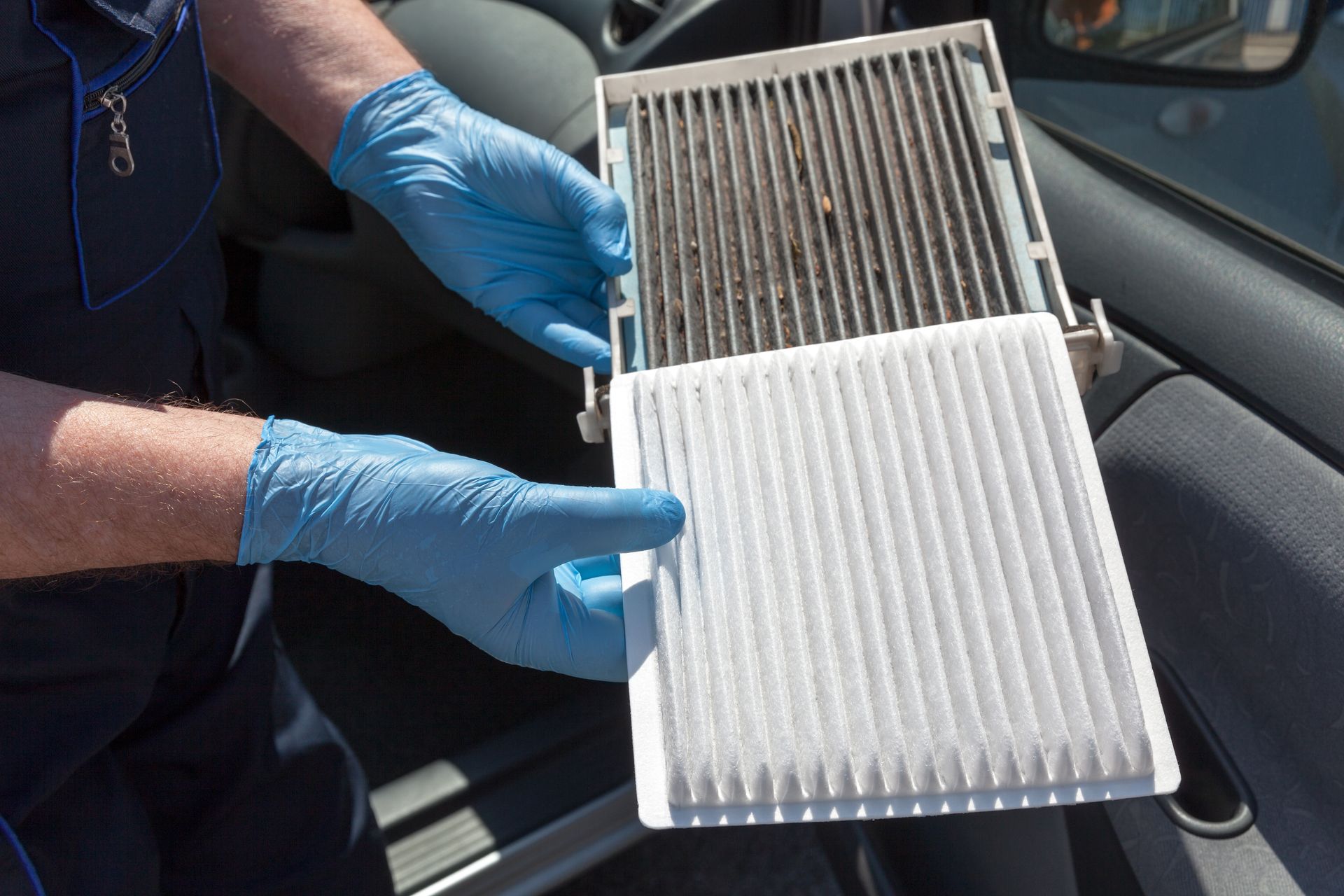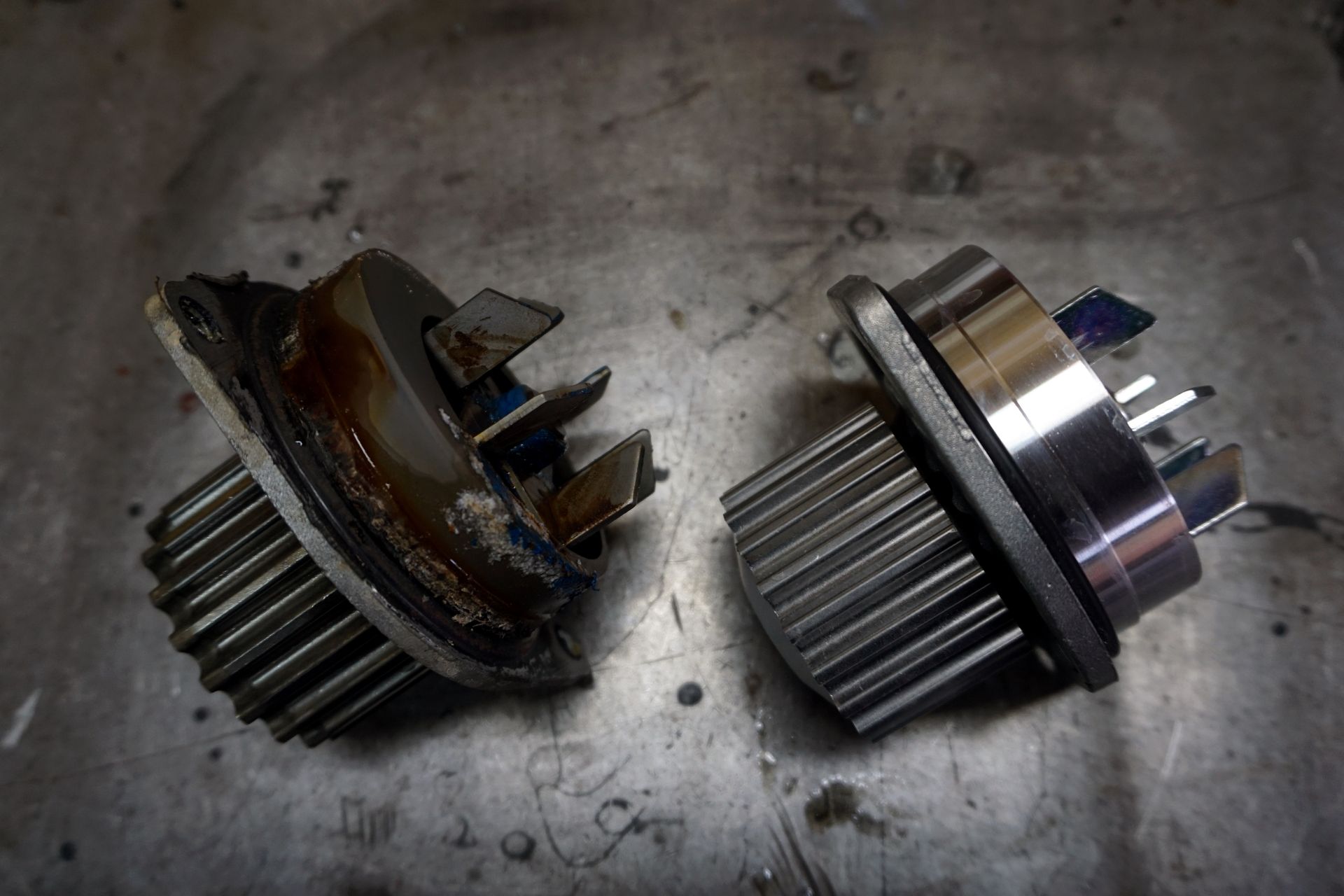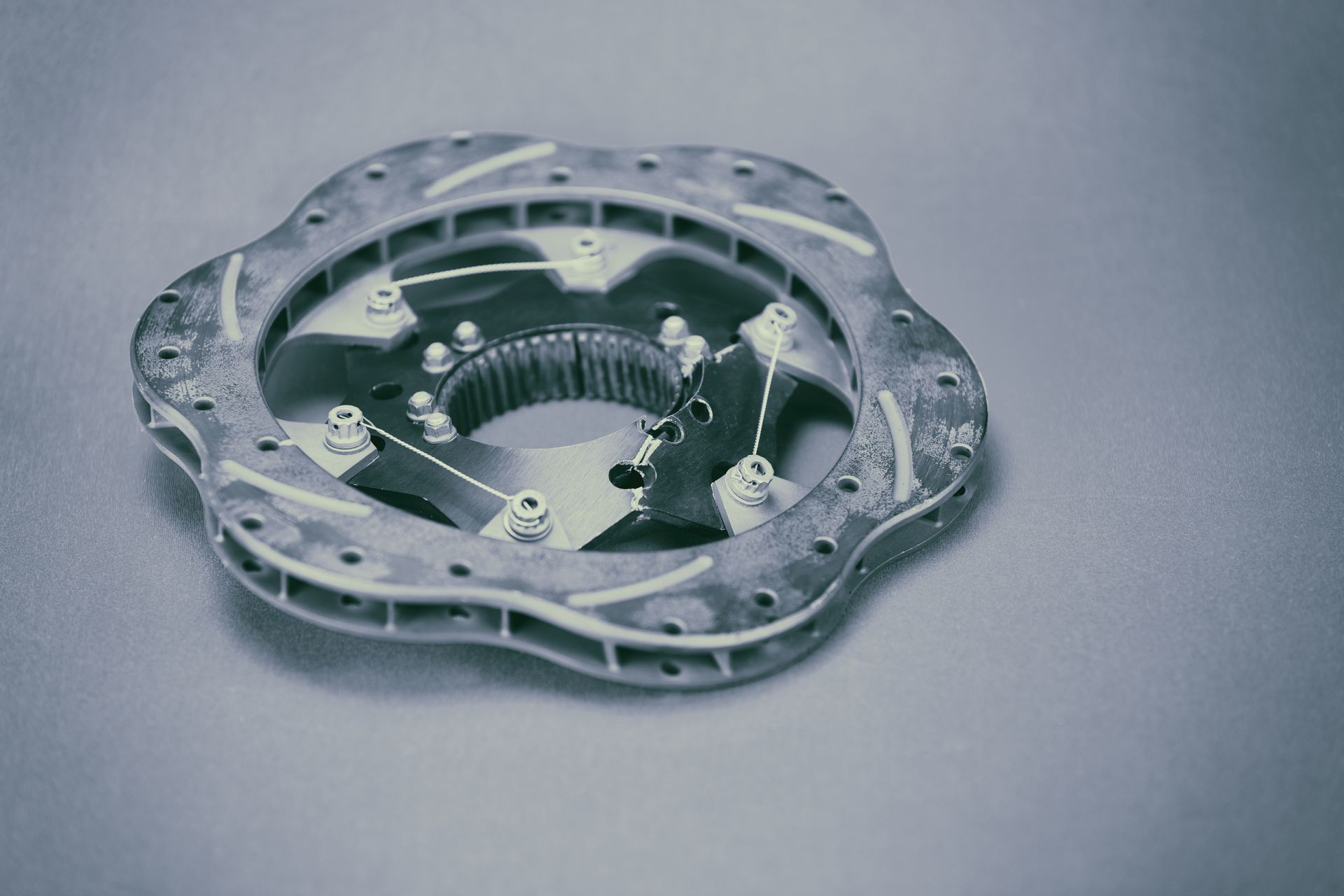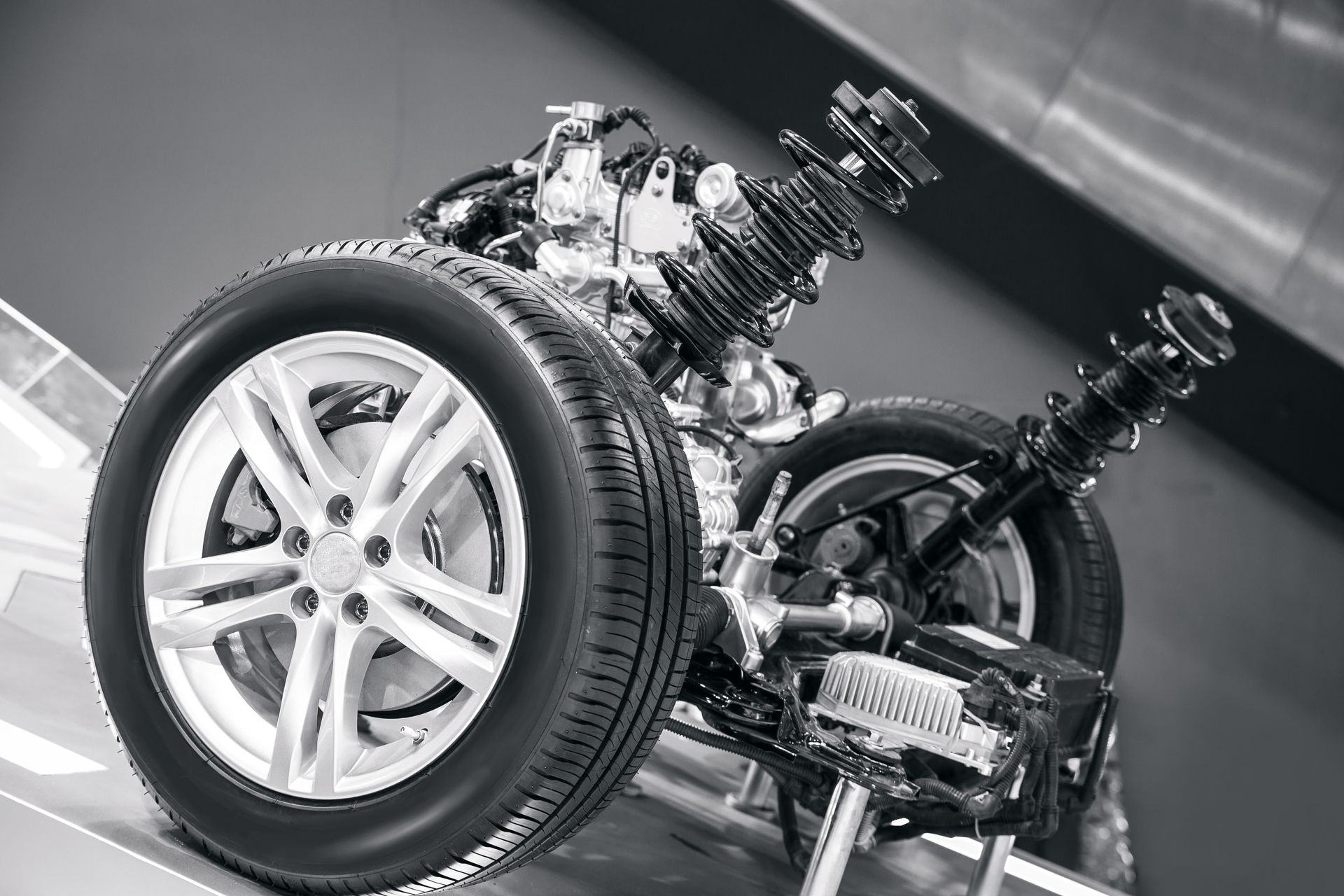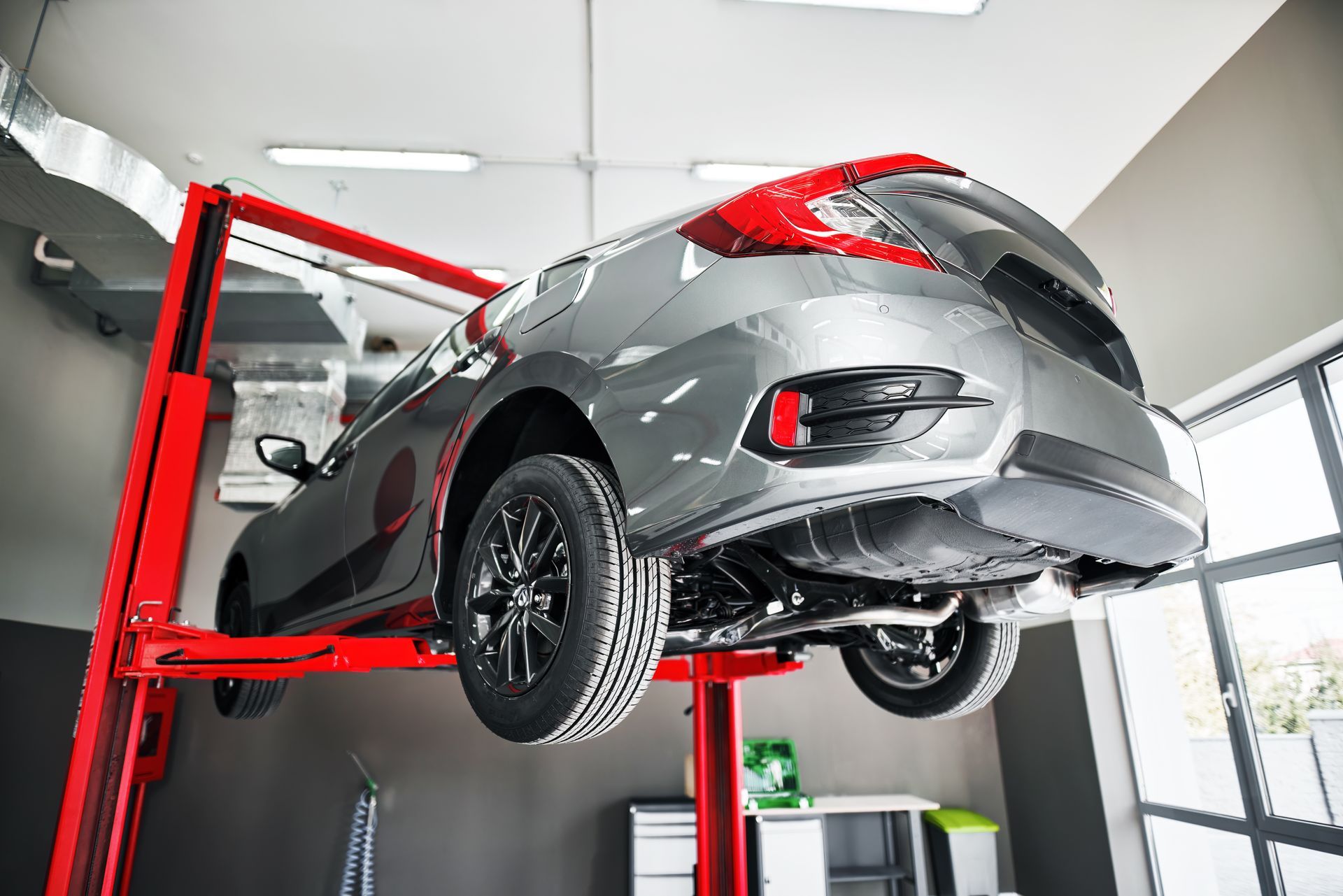Arizona’s landscape is breathtaking, with open roads, desert vistas, and year-round sunshine—but it also brings a unique set of challenges for car owners. From extreme heat to dust storms, driving and maintaining a vehicle in Arizona isn’t quite the same as it is in other parts of the country. If you’ve lived here long enough, you’ve likely noticed your car reacts differently to the environment—and that means your maintenance routine should, too.
Whether you’re navigating daily commutes in Peoria or road-tripping through the Sonoran Desert, understanding how Arizona affects your car is needed to keep it running reliably.
High Heat Wears Down Your Battery Faster
Arizona summers can regularly push temperatures above 110°F, and that kind of heat takes a toll on your car’s battery. Unlike cold climates where batteries struggle to start, heat actually causes internal battery fluid to evaporate more quickly, shortening its lifespan.
In a hot climate like this, it’s common for car batteries to last two to three years instead of the typical four to five. If your battery is getting up there in age or you’ve noticed slow starts, it’s smart to have it tested before it leaves you stranded in the heat.
Tires Take a Beating on Hot Asphalt
In Arizona, tires deal with more than just rough roads—they’re constantly exposed to extreme surface temperatures. Asphalt can easily exceed 150°F on summer afternoons, which increases the risk of tire blowouts, especially if your tire pressure isn’t properly maintained.
Heat causes air inside your tires to expand, so if your tires are already overinflated, the risk grows even more. On the flip side, underinflated tires flex more, causing excessive heat build-up from within. This makes regular tire inspections more important than ever. Checking tread depth, inspecting sidewalls for cracks, and keeping pressure in the recommended range can prevent costly failures.
Dust and Sand Clog Filters and Damage Paint
Arizona’s dry, dusty environment makes air filters work overtime. The fine desert dust gets into everything—clogging engine air filters, coating cabin air filters, and even settling inside electrical connections. This can reduce performance, increase fuel consumption, and trigger warning lights if sensors start misreading airflow data.
Cabin filters also need more frequent changes to keep your A/C system running efficiently and prevent dust from circulating through the vents.
And then there’s your paint. Dust and sand act like sandpaper when blown across the surface of your car. If you wash your car without rinsing thoroughly first, those fine particles can scratch the clear coat and dull your finish.
Cooling Systems Are Under Constant Stress
Your cooling system has a much harder job in Arizona. It’s not just about keeping the engine at the right temperature—it’s fighting off constant heat stress. Radiators, hoses, thermostats, and coolant all wear out faster when they’re operating in high temperatures for extended periods.
If your coolant hasn’t been flushed in the last few years—or if your temperature gauge is creeping up more than usual—your cooling system might be overdue for service. Overheating isn’t just inconvenient here—it can lead to major engine damage in just minutes.
Sun Exposure Damages Interiors
Arizona’s dry, sunny climate is great for road trips—but it’s hard on your car’s interior. UV rays can crack dashboards, fade upholstery, and make steering wheels too hot to touch. Window tinting, sunshades, and protective interior treatments can help reduce the damage.
Paint also fades more quickly under constant sun exposure. Waxing regularly or applying a ceramic coating helps protect the finish and preserves the color of your vehicle over time.
Steveo’s Garage – Arizona-Ready Car Care in Peoria, AZ
Driving in Arizona requires more than just routine service—it takes a maintenance plan built for heat, dust, and sun. At
Steveo’s Garage we help local drivers stay ahead of these challenges with expert inspections, dependable repairs, and preventive care tailored to the environment.
